The good life can mean something different – and usually does for each of us.
Goals; we all have them, whether or not we actually formalize them. As adults we work and strive to reach those goals with the result of being able to live the good life. The good life can mean something different – and usually does, for each of us. The good life for us was all about the joy of exploring new places on this little blue dot and, more importantly, getting a glimpse into the lives of people who may perceive the world a bit differently than we do. Why is that important? Because personal growth matters. As a matter of fact, in our view it’s the most important factor in having a ‘good life’, because if we’re not growing, evolving as people, what’s the point? And one of the best ways, as well as most enjoyable ways, is to travel.
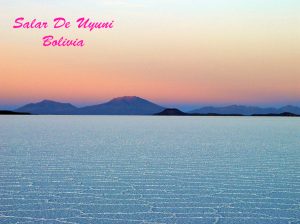 Travel is engaging, It keeps the mind and senses tuned. It is an addiction we cannot shake and don’t want to shake.
Travel is engaging, It keeps the mind and senses tuned. It is an addiction we cannot shake and don’t want to shake.
We are both engineers by background and find the everyday curiosities, logistics, and communication encountered in foreign countries to be challenging puzzles that we love to solve. How do you say thank you in the country’s language? What is that weird-looking fruit in the market? How do we use public transportation to get from point A to point B? How do we use the bathroom for that matter?
Sometimes we get lost. Sometimes we wonder if we accidentally said something insulting. Sometimes we try a new food that is just downright gross. It’s all part of the experience. All part of the fun.
Travel means intentionally planning on not being a tourist. Instead, looking for how you convert your destination into a personal, unforgettable memory.
Enjoyable? Travel can be difficult and expensive? The short answer is no, it doesn’t have to be expensive and yes, it can be difficult. And in our view it should be a bit challenging. How else can one achieve some measure of personal growth without some level of challenges and obstacles? Travel, really traveling that is, means intentionally planning on not being a tourist. Instead, looking for how you convert your destination – the guidebook visuals – into a personal, unforgettable memory. And that is the challenging, and yes, sometimes difficult part. An example: We honeymooned in Nepal, trekking the Annapurna Sanctuary region of the Himalayas. The tour company that we used provided all the food and gear and about a half dozen sherpa to carry all this food and gear for the 8 day expedition (no we weren’t the only travelers).
As you might imagine the scenery was incredible and the other travellers in the group were friendly and open. We could have left it at that and it would have been an experience of a lifetime, but we decided to engage the sherpa who were working hard to make us comfortable. Singing in the evening around the fire was the reward for completing the day’s chores and we expressed an interest in joining them. One of them, whom we bantered with each day during the hiking, took the time to write down the words to a local folk song and teach it to us. To this day, one of our most valued possessions is that piece of paper with the words to a local Nepalese song.
People look at where we travel and how we can be gone for extended periods. They think we must be very rich to do it. That is not the case at all. We worked hard at highly skilled positions when we worked. We lived modestly, we sacrificed, and we saved as much as possible because full-time travel was always a goal. We are homeless now for two years. We rented out our home to generate some income to support our habit.
Flexibility is key and a sense of humour doesn’t hurt either.
We have traveled numerous ways over the decades; the organised trek in Nepal, a chartered sailboat with friends in Tonga, timeshares all over the place, years of living and cruising on our own sailboat in Central and South America. And, now, traveling mainly by land in Europe. The sharing economy has really made travel affordable. What would we do without Airbnb, Booking.com or TrustedHousesitters.com? It is a snap to find inexpensive, and sometimes free, accommodations especially if you travel slowly and in shoulder- to off-season. Flexibility is key and a sense of humour doesn’t hurt either.
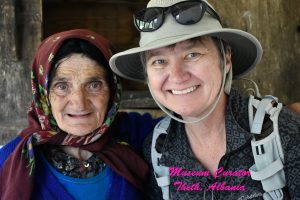 Though we have seen many of the world’s wonders, it is the people we remember the most. It doesn’t happen at every stop, but when it does it is special. This is why we have enacted Travel Rule #1: Never Turn Down an invitation from a local.
Though we have seen many of the world’s wonders, it is the people we remember the most. It doesn’t happen at every stop, but when it does it is special. This is why we have enacted Travel Rule #1: Never Turn Down an invitation from a local.
When a local invites you to do something it is because they are proud of their city, their home, their food, or whatever. Go! We have one travel regret. When we were newbies, we turned down tea at a professor’s house on Fiji. Why did we do that? It wasn’t that we thought he was a closet cannibal and going to throw us in a cauldron of boiling water. We thought we would be imposing, and we had nothing with which to reciprocate. Nonsense! If the invitation is extended, it is meant. Don’t pass it up! (Unless you spy a giant cauldron of boiling water with onions and carrots just waiting for protein to be added…)
Let’s not forget the encounters with other travelers. We have made lifelong friends during our cruising days and during our land travels. The great part about meeting other long-term travelers is that they all seem to have a similar outlook on life. They place value on experiences and interactions rather than things. They have a keen curiosity and like to research the foods, the culture, the wines(!) of an area and share the knowledge with others. It is never “goodbye,” but “see you soon.”
Life is short. Travel is magical. Do it before you can’t. Thank you Motoroaming for taking an interest in our story. It has been great fun getting to know you and your story. We are sure our paths will cross again!
You can keep in touch with Carrie and Pat’s adventures by clicking and liking their Facebook page VinoHiking

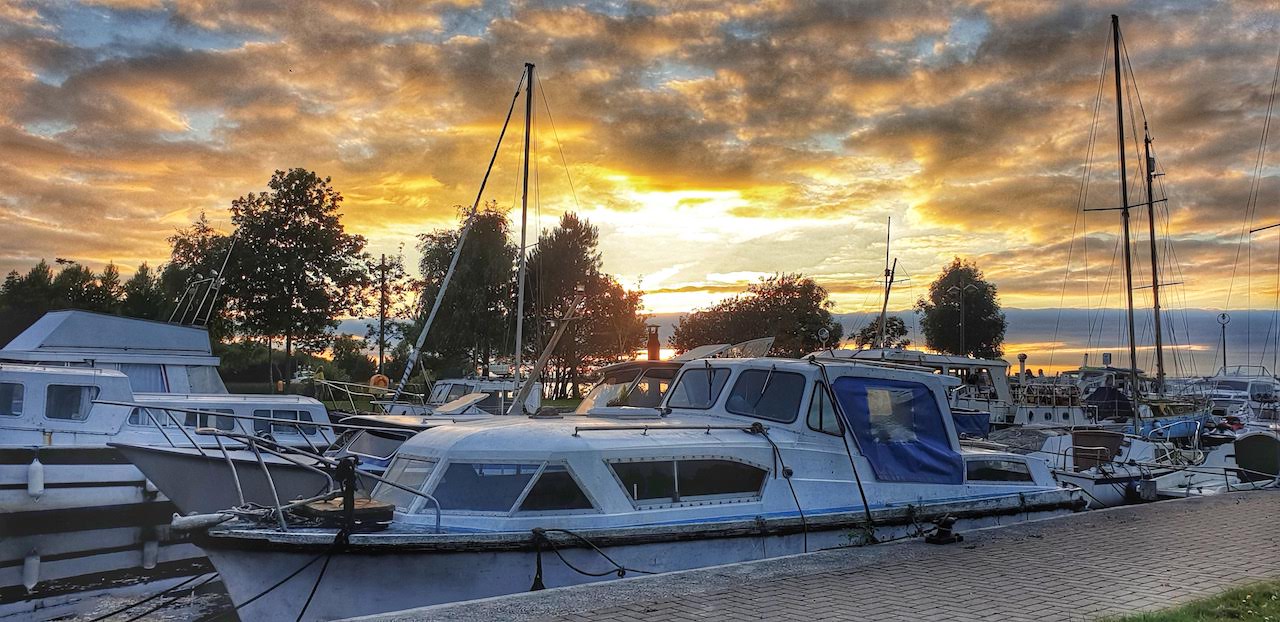
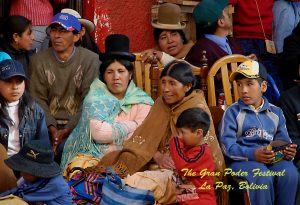
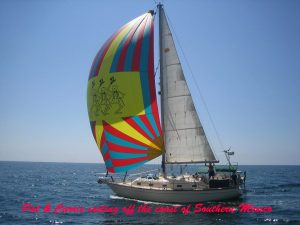
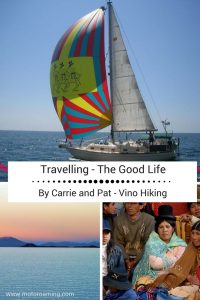
Ahahahah I enjoyed the part of the giant cauldron.
Indeed when we travel, we find not only beautiful landscapes, but different people and cultures, which add up and much to our existence.